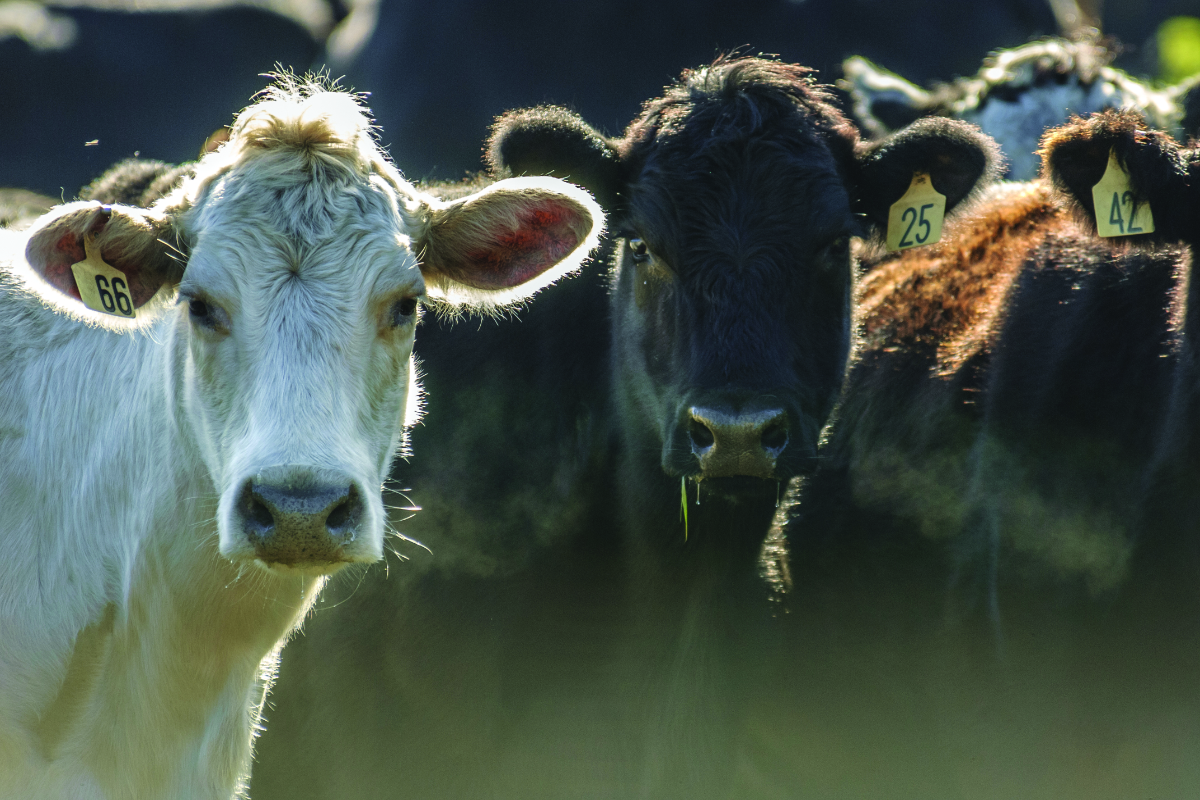UTRECHT, NETHERLANDS — Global beef markets continue to be divided, with high prices and contracting production in the United States and increasing production and low prices in the Southern Hemisphere, according to research from Rabobank’s latest Global Beef Quarterly report.
After prolonged herd liquidation, the contractionary phase of the fourth quarter in 2023 in the United States will cause a drop in production levels, generating the need for increased imports and reduced exports. Meanwhile exports in Australia and Brazil will improve as they each experience a rise in production.
“Opposing positions in cattle cycles, exaggerated by weather patterns, have caused a redistribution of beef trade that will continue in 2024,” said Angus Gidley-Baird, senior analyst of animal protein at Rabobank.
Production increases in Australia and Brazil have not been overpowering enough to offset declines in Europe and the United States. Rabobank expects the same trends to continue into 2024.
The volume balance for major beef producing and consuming regions will remain fairly steady; however, Rabobank said trade will need to shift according to changes at the individual country level.
“The US will be one of the big movers,” Gidley-Baird said. “After shifting to a net-import position in 2023, we expect production to contract further 4.5%, while consumption drops 3% in 2024, increasing the net-import position.”
Australia and Mexico are poised to emerge as the primary beneficiaries. New Zealand is also set to gain although it is constrained by limited production and export expansion. Rabobank anticipates Brazil will once again present substantial volumes to meet the quota for non-specified countries early in 2024.
“We expect Brazil to set a new production record in 2024, with growth of 1% to 2% YOY,” Gidley-Baird said. “The increase in production will support what we expect to be a 2% to 3% increase in export volumes.”
Helping to balance the increase is the expectation that Chinese imports will increase at a slightly faster pace – likely above 5% – in 2024 due to the demand recovery. Rabobank attributed foodservice as the channel driving demand. The type of products in demand in China are changing as well, with more attention given to value-for-money products rather than premium ones.
The increased beef consumption in China will also support increased import volumes from Argentina, which is expected to jump by 5% to 7% in 2024 compared to a year ago.
China resumed live cattle imports from Laos in September, which will bring in a steadily increasing volume in the months come.
As the EU’s regulation of deforestation-free products goes into effect in 2024, Rabobank said it may affect beef import flows.
“Cattle numbers in the EU have declined through 2023, which will lead to lower EU beef production of 1.5% in 2024,” Gidley-Baird said. “This could have broader implications across the whole beef trade complex.”
Rabobank noted that it is possible to see margins in beef supply chains in 2024 being squeezed to manage higher prices and accommodate the consumer as the global economy continues a slow recovery.
The conflict in the Middle East is not expected to materially impact beef trade as the import volumes of Israel and Palestine compose approximately 1% of global beef imports, but Rabobank said there could be indirect impacts if fuel and energy costs rise.
The Middle East is a major player in poultry and sheep markets. Any disruption to this trade could cause a rebalancing of protein trade worldwide, Rabobank cautioned.


